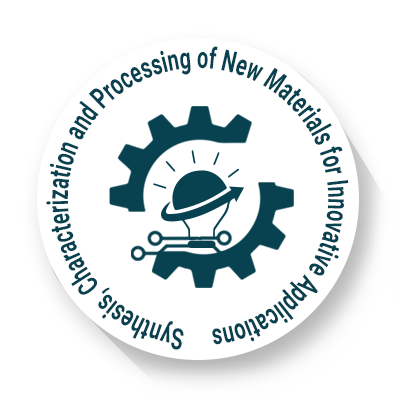
Journal of Agriculture and Livestock Farming
OPEN ACCESS

OPEN ACCESS
.jpg)
Department of Biotechnology, Utkal University, Bhubaneshwar, Odisha
Silk fibroin (SF), predominantly sourced from Bombyx mori, has gained prominence as a protein-based biomaterial due to its tunable secondary structure, biocompatibility, mechanical robustness, and biodegradability. Advances in fabrication techniques have enabled the development of SF-based constructs such as films, nanofibers, hydrogels, sponges, and bioinks for diverse biomedical applications, including bone and cartilage repair, skin regeneration, ocular implants, and controlled drug delivery. Comparative analysis reveals that SF composites especially when blended with hydroxyapatite, gelatin, or bioactive ceramics exhibit superior mechanical integrity and cellular compatibility over traditional synthetic polymers. Moreover, recent progress in recombinant spider silk production through bacterial and yeast expression systems addresses scalability limitations while preserving high tensile properties. Post-processing modifications, such as methanol-induced β-sheet formation and polymer crosslinking, allow tailoring of degradation kinetics and structural resilience. Emerging applications include SF-based biosensors, neural interfaces, and microneedle arrays integrated with conductive or antimicrobial agents. Despite these advances, clinical translation is constrained by batch-to-batch variability, lack of regulatory standardization, and sensitivity to sterilization-induced conformational changes. Incorporating artificial intelligence and machine learning approaches has shown promise in optimizing scaffold design and predicting degradation and mechanical outcomes. To bridge the gap, interdisciplinary research integrating material science, molecular biology, and regulatory frameworks is essential. This review studies recent advancements and identifies translational barriers, offering a critical perspective on the clinical and commercial feasibility of silk-based biomaterials for regenerative medicine, therapeutic delivery, and bio-integrated devices.
Department of Biotechnology, Utkal University, Bhubaneshwar, Odisha